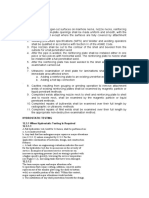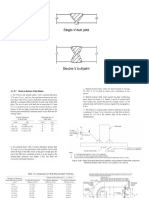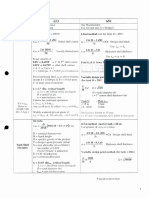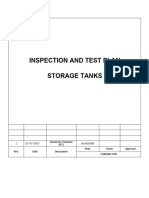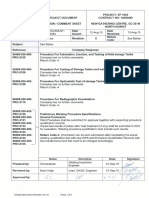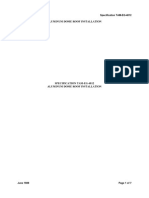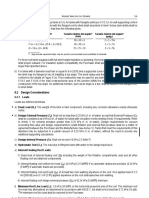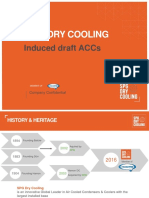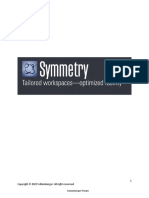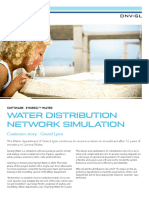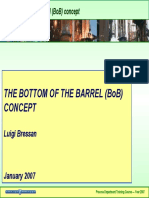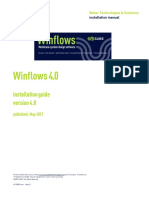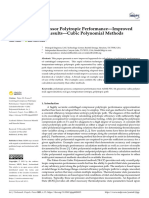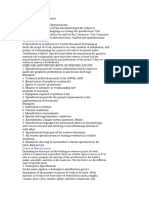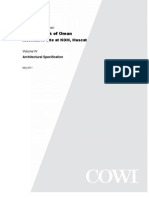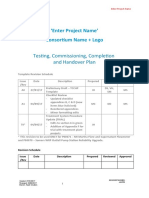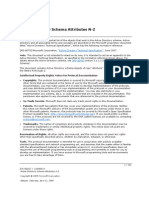0% found this document useful (0 votes)
395 views9 pagesInternal Use: Doorsheet Guide
This document provides requirements for removing and reinstalling a tank shell doorsheet. It specifies that doorsheets must be cut carefully and supported properly to avoid damage. Upon removal, the edges and corners of the doorsheet opening must be prepared according to specifications. When reinstalling the doorsheet, the shell and doorsheet surfaces must be prepared and the doorsheet welded back in place and tested to ensure integrity.
Uploaded by
Burak GülenCopyright
© © All Rights Reserved
We take content rights seriously. If you suspect this is your content, claim it here.
Available Formats
Download as PDF, TXT or read online on Scribd
0% found this document useful (0 votes)
395 views9 pagesInternal Use: Doorsheet Guide
This document provides requirements for removing and reinstalling a tank shell doorsheet. It specifies that doorsheets must be cut carefully and supported properly to avoid damage. Upon removal, the edges and corners of the doorsheet opening must be prepared according to specifications. When reinstalling the doorsheet, the shell and doorsheet surfaces must be prepared and the doorsheet welded back in place and tested to ensure integrity.
Uploaded by
Burak GülenCopyright
© © All Rights Reserved
We take content rights seriously. If you suspect this is your content, claim it here.
Available Formats
Download as PDF, TXT or read online on Scribd
/ 9


